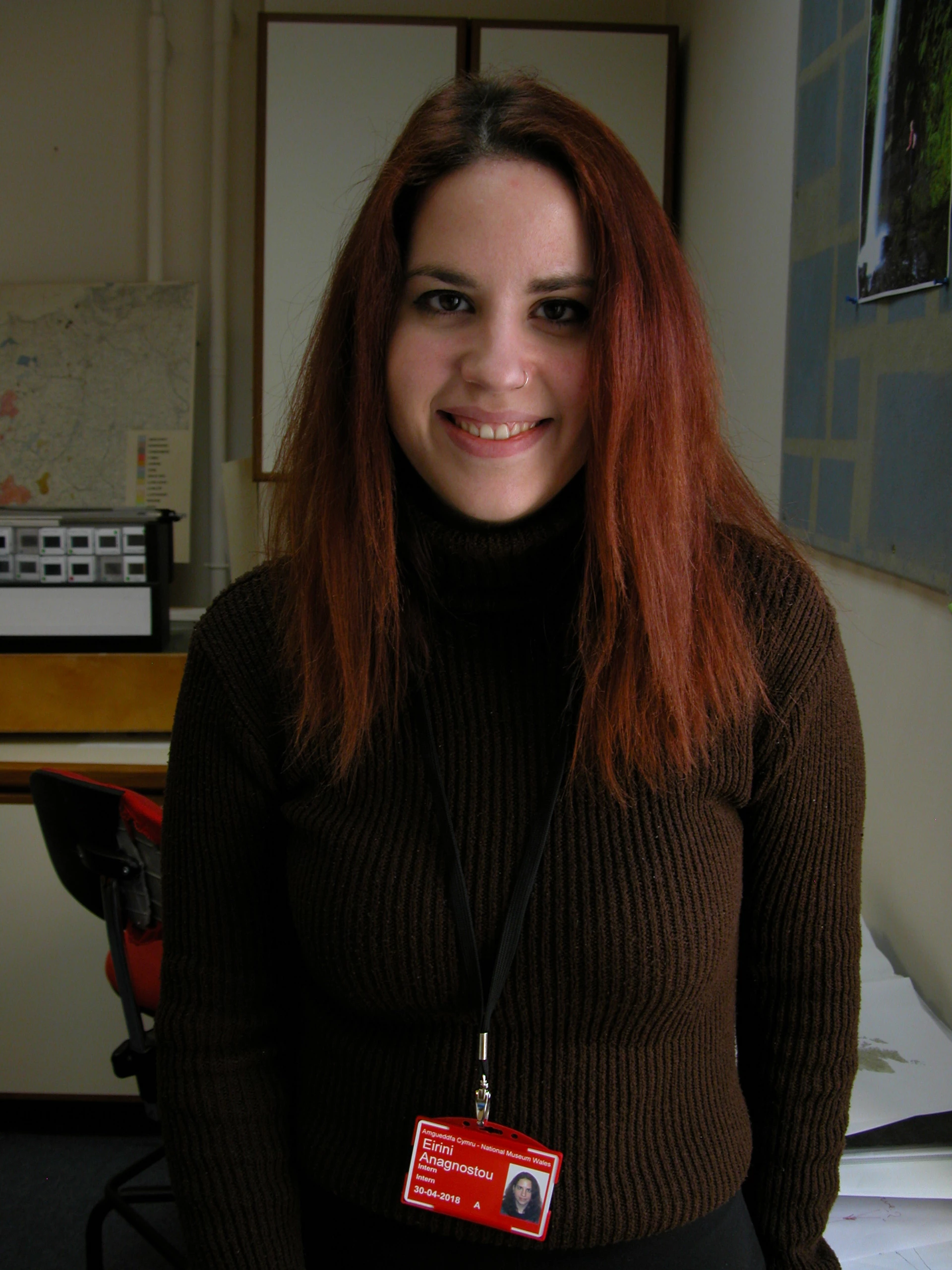Discovering Roman coins with Eirini
, 5 April 2018
Hello everyone, my name’s Eirini and I am a student intern in the Archaeology and Numismatics department at NMW, Cardiff. This post is the second in my series of blogs on the numismatics collection at the Museum. Last time I took a look at the collection of Ancient Greek coins and this week I am back to examine the Roman coin collection.
While the Ancient Greeks never set foot in Wales, the Romans invaded in AD 48 so there have been a great deal of Roman coins found and reported to the Portable Antiquities Scheme. Here are a few of my favourites from the collections.
Hoard of silver denarii found in Wick, Vale of Glamorgan (c. AD 165)
The 2 oldest coins date back to the Republic and are both coins of Mark Anthony while the rest date to the Empire. The front side of all of the Empire coins have portraits of an emperor, ranging from Nero (AD 54-68) to Marcus Aurelius (AD 161-180).
The most interesting aspect of this coin hoard is the variety of reverse designs on them! There are many coins dating to the reigns of Vespasian (AD 69-79) and Trajan (AD 98-117). These coins predominately feature deities and personifications on their reverse sides. Some examples of the deities featured include Jupiter, Hercules and Mars. One design that sticks out to me is the personification of peace (Pax) holding an olive branch, sceptre and cornucopia (a horn that symbolises abundance). Other personifications include Pietas (duty) and Felicitas (good fortune).
There is an extensive variety of other reverse types on the coins including representations of the emperor and his family, types of military conquest and victories, legionary types, geographical imagery, architecture, animals and propaganda.
I like how varied the imagery is on these Roman coins as later coins found in Sully (c. AD 320), Bridgend (c. AD 310) and Llanbethery (c. AD 350) as well as our modern coins tend to have the same, repeated imagery on their reverse.
Sully Hoard of copper-alloy coins (c. AD 320)
This hoard is one of the largest hoards of Roman coins found in Wales. An incredible 5913 coins were discovered in two locations, 3 metres apart in the South Wales coastal village of Sully.
The latest coins from this collection all have the same reverse design regardless of where they were minted, from London to Rome –they represent an early single currency with a standardised design not found in the earlier hoards.
However, the designs on these coins are more crude and less detailed than the earlier Roman finds.
















